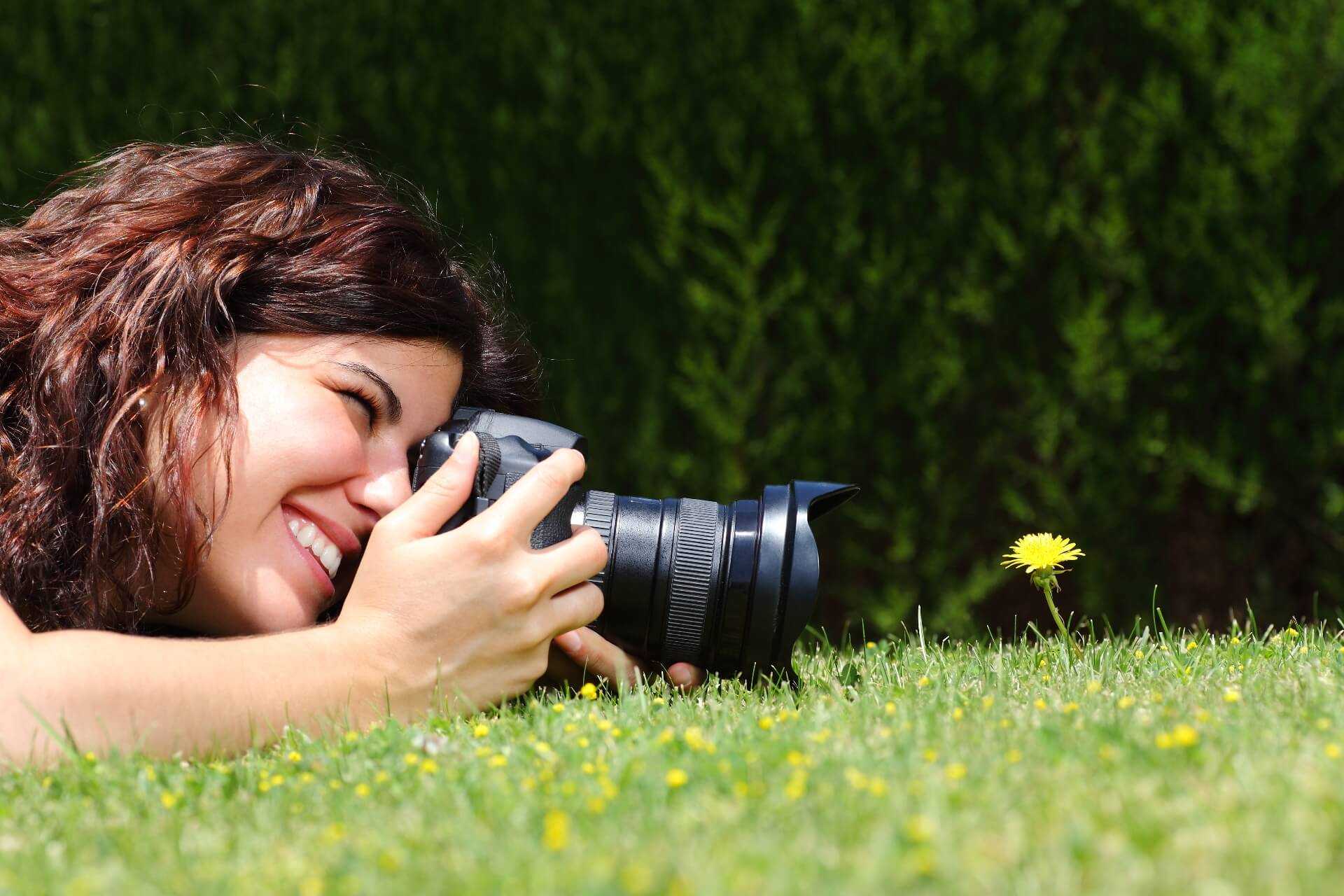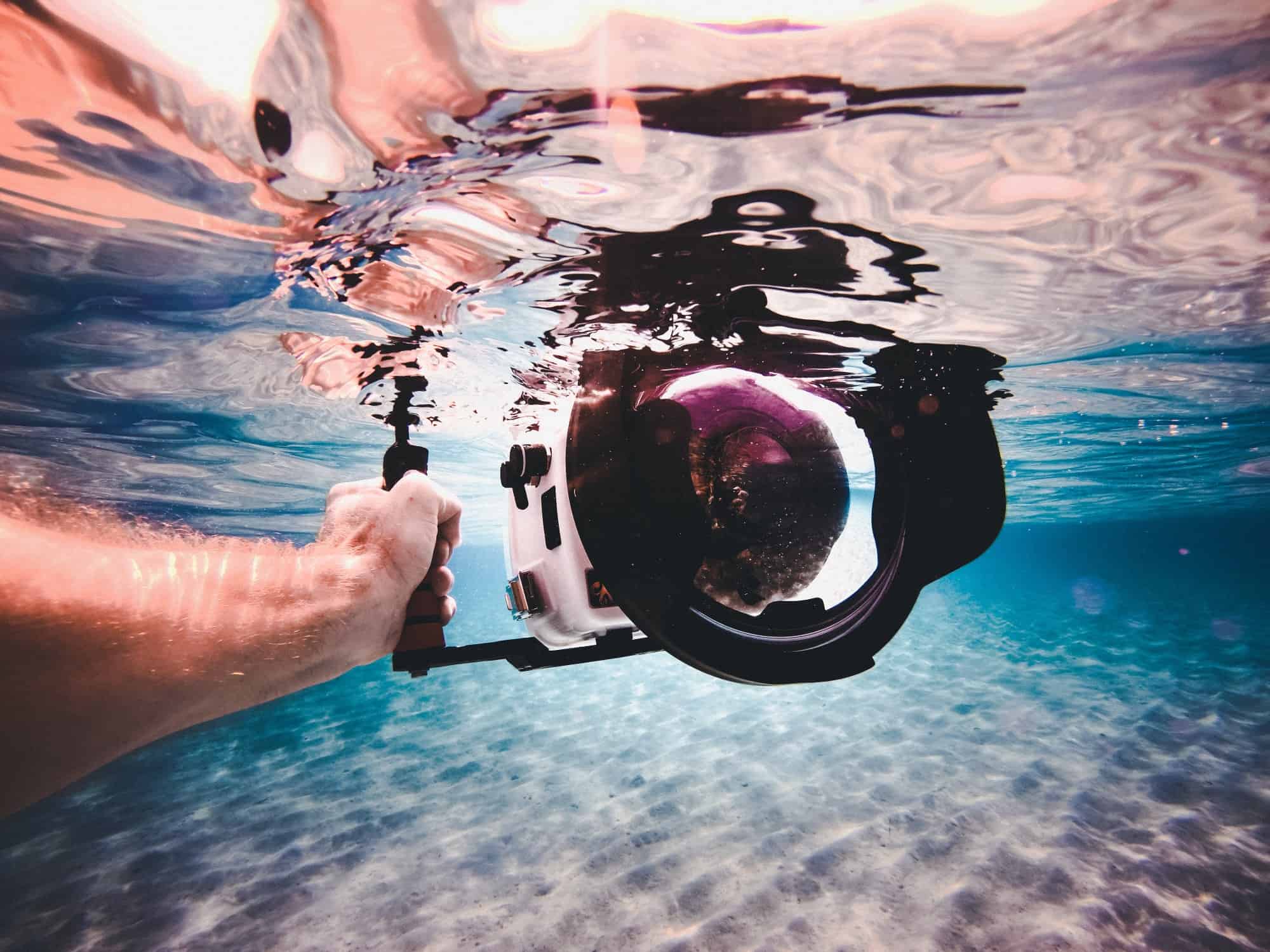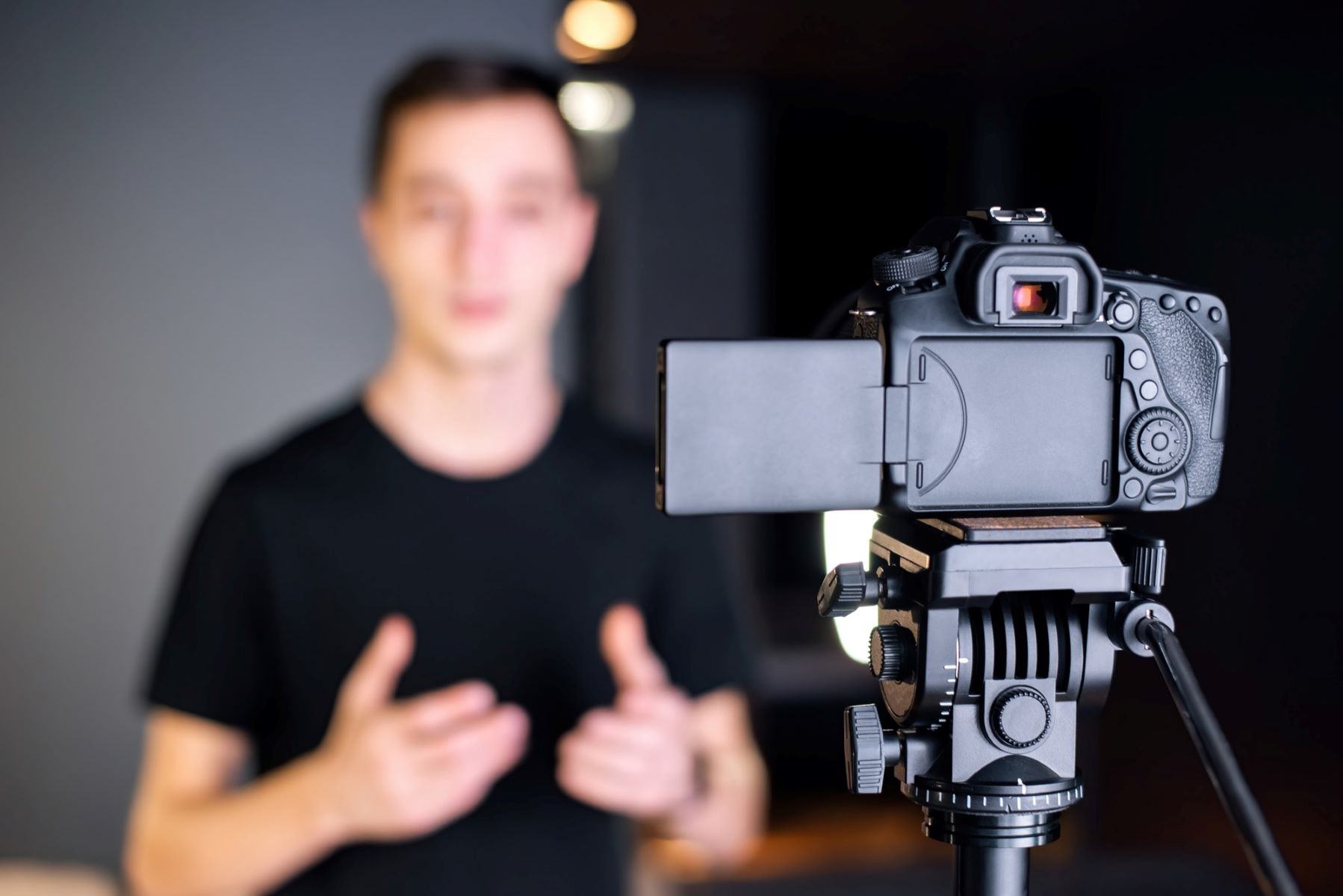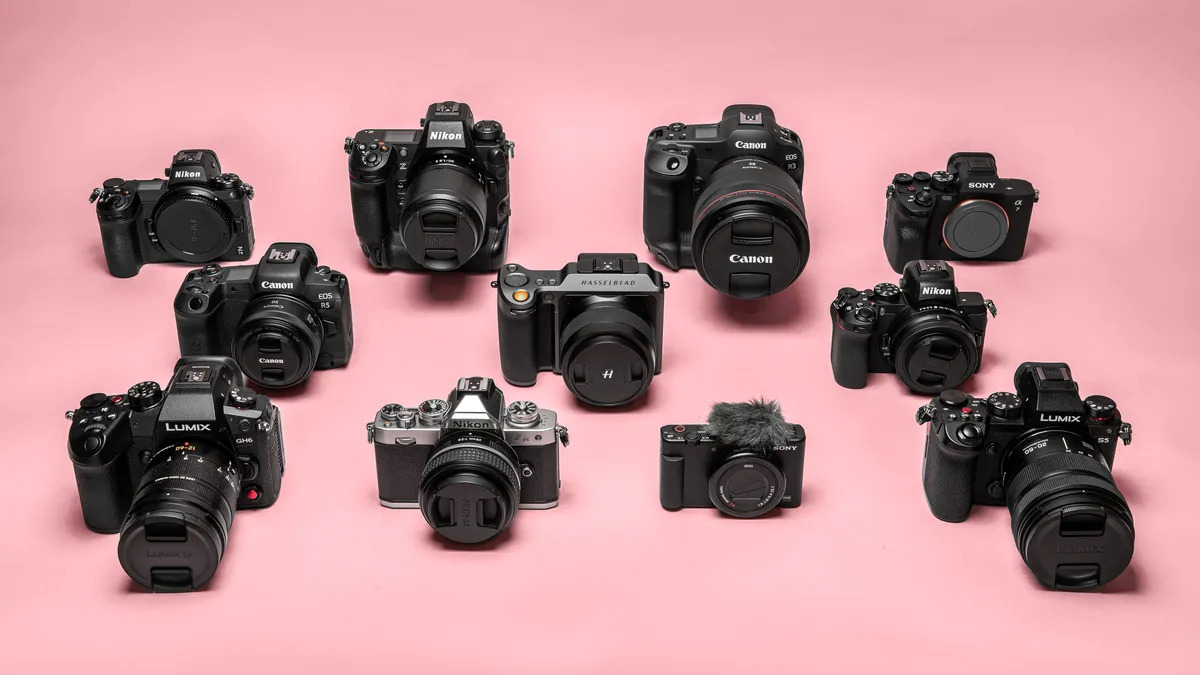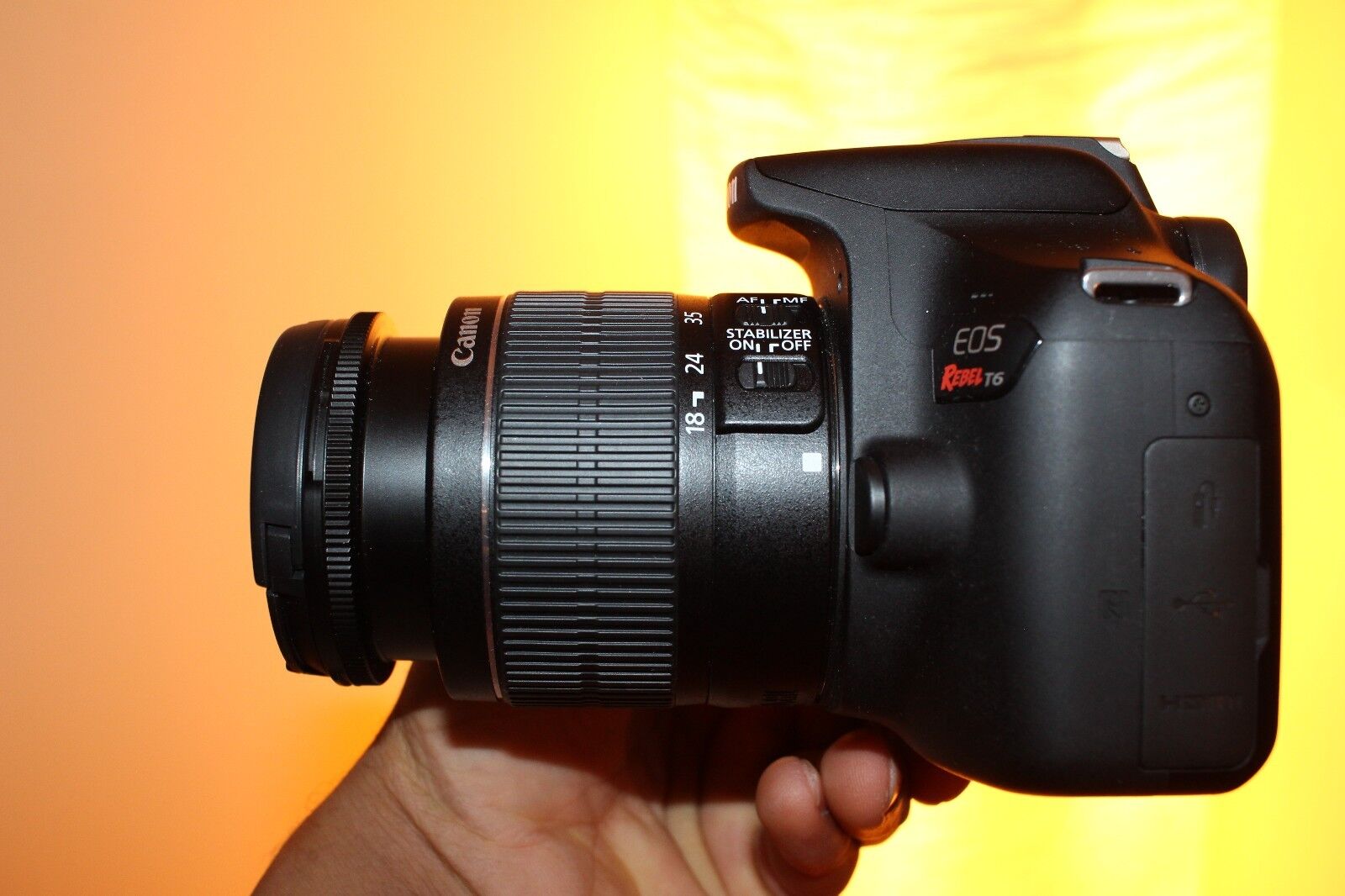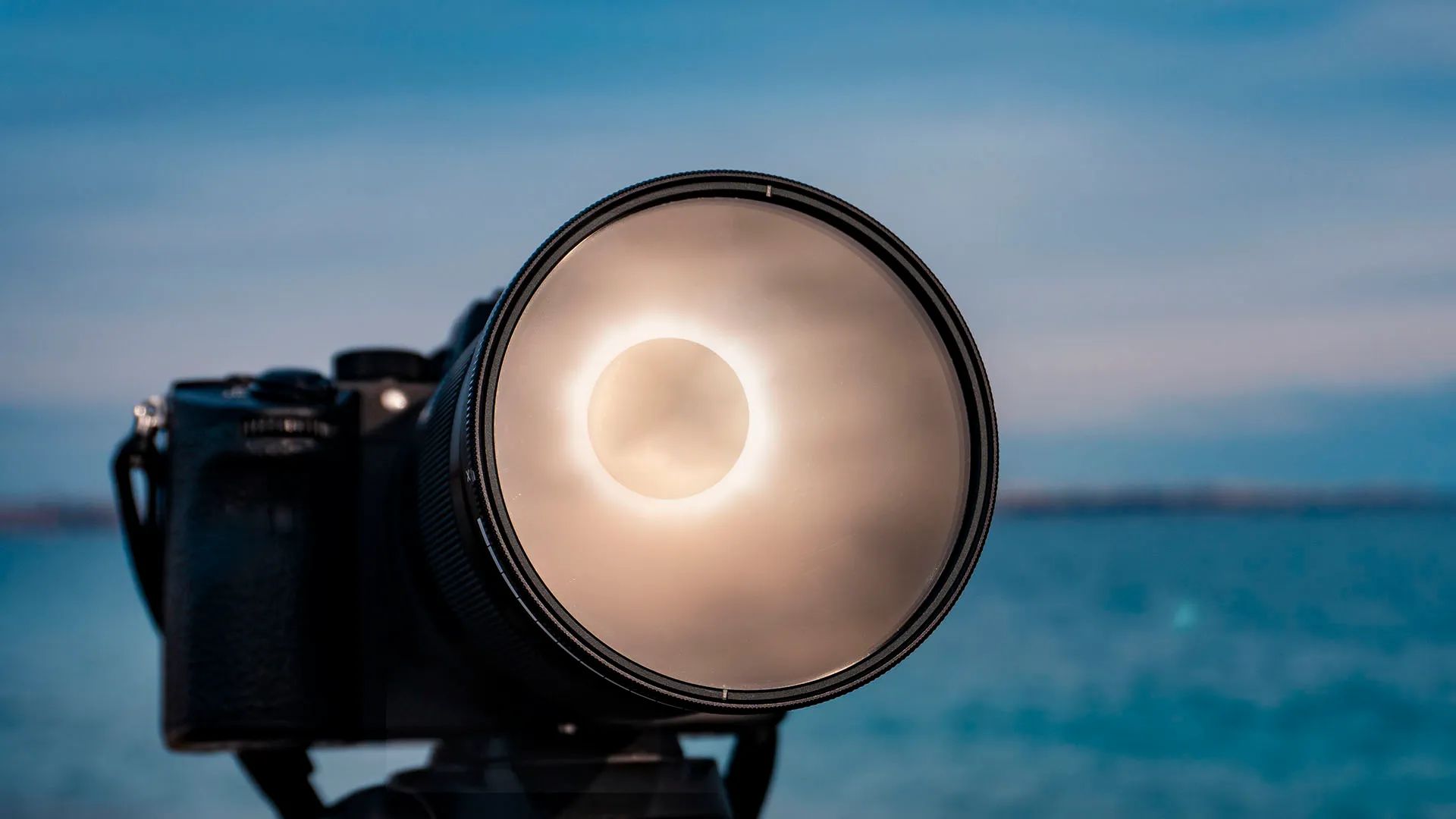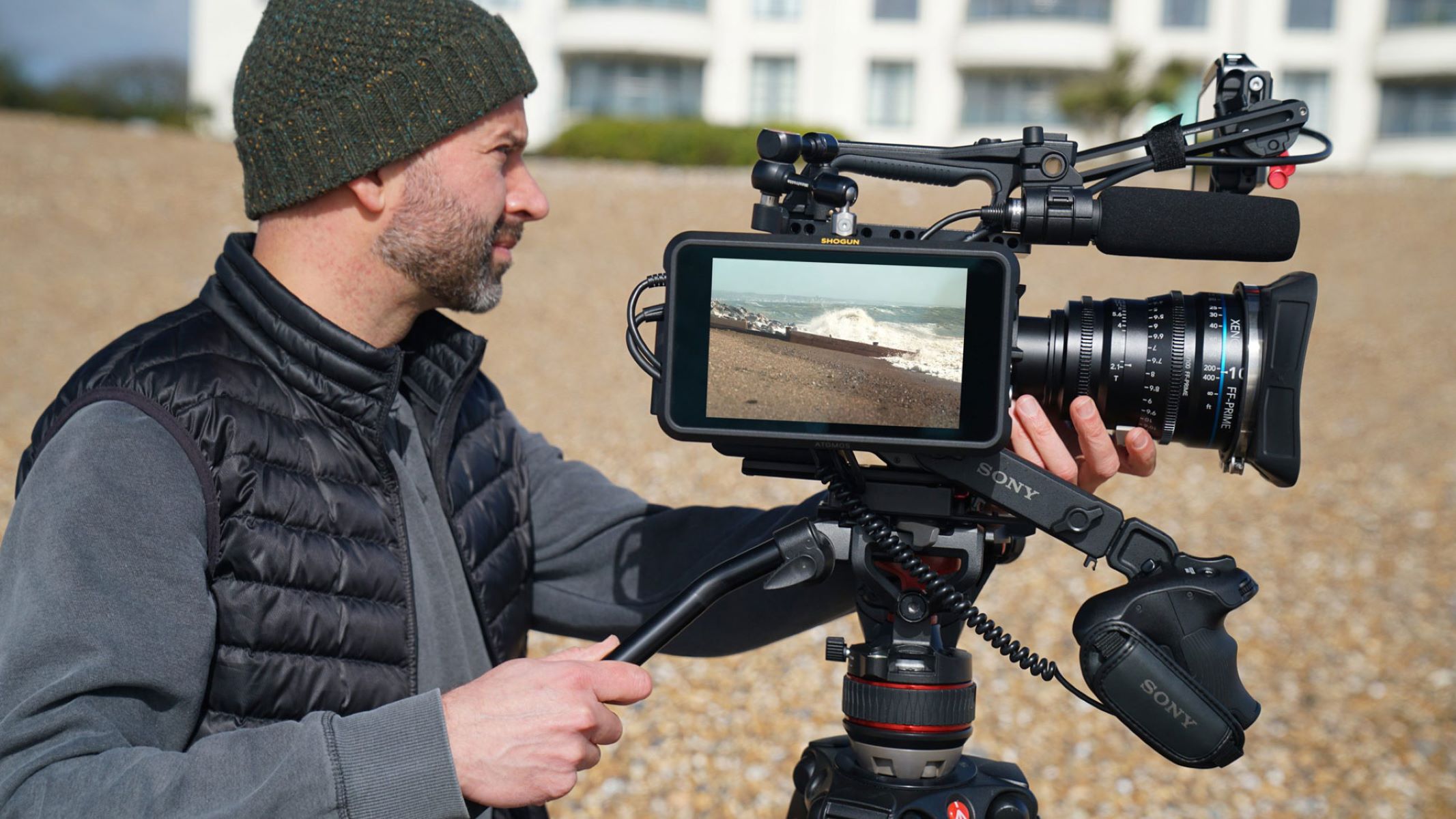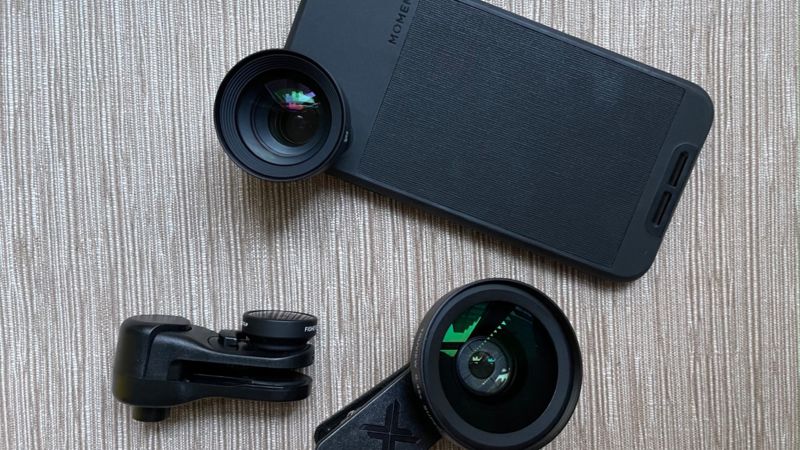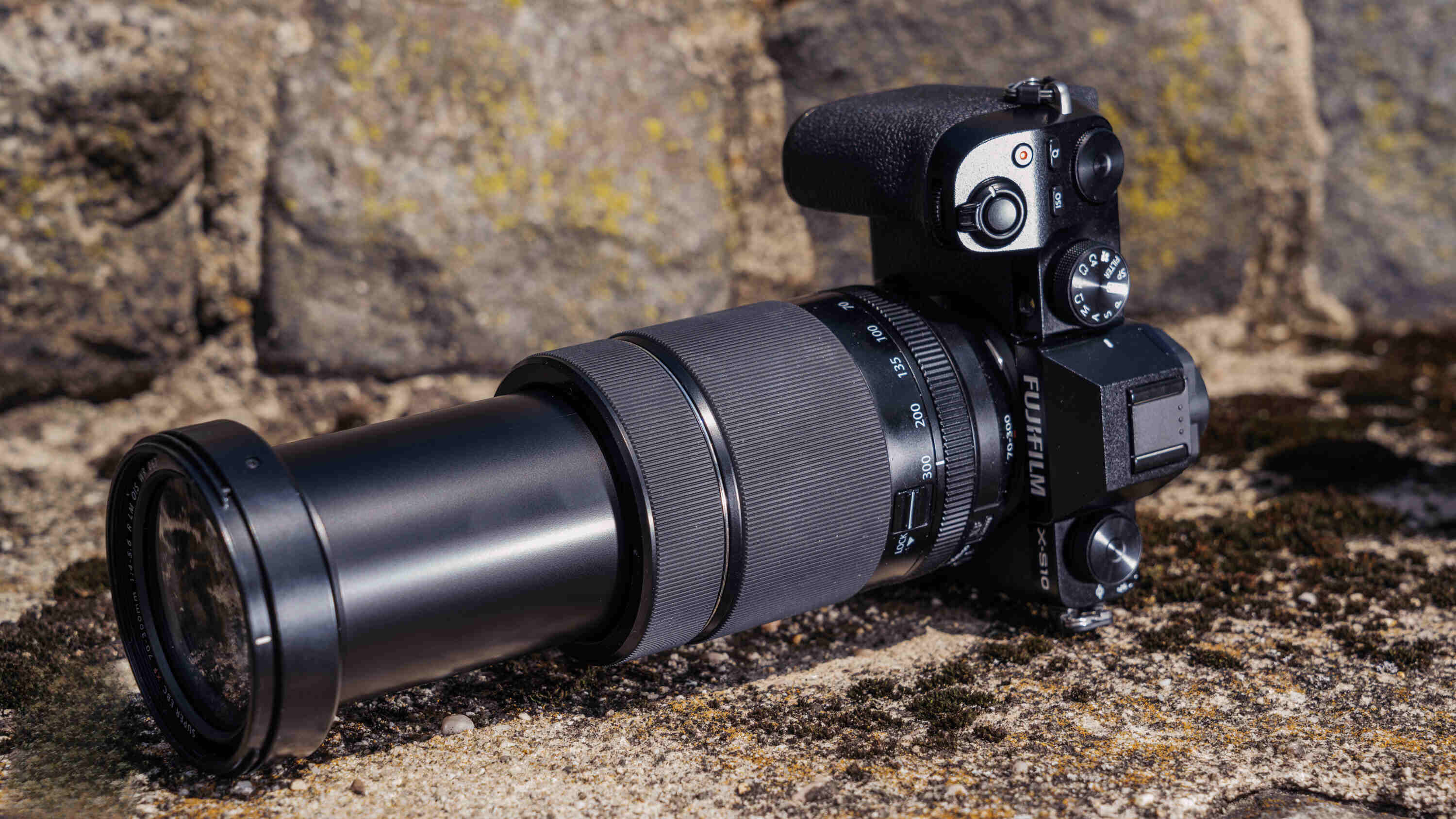Introduction
Introduction
Close-up photography, often referred to as macro photography, allows photographers to capture intricate details and reveal the beauty of subjects that are often overlooked. Whether it's the delicate patterns on a butterfly's wings, the intricate details of a flower petal, or the texture of a piece of jewelry, close-up photography offers a unique perspective that can be both captivating and visually stunning.
In this comprehensive guide, we will delve into the art of close-up photography with a DSLR camera. From understanding the fundamental principles to mastering the technical aspects, this guide will equip you with the knowledge and skills to take breathtaking close-up pictures.
Close-up photography presents a myriad of creative opportunities, allowing photographers to explore the miniature world and showcase the often unseen details of everyday subjects. With the right techniques and equipment, you can transform ordinary objects into extraordinary works of art.
Whether you're an amateur photographer looking to expand your skills or a seasoned professional seeking to refine your craft, this guide will provide valuable insights and practical tips to elevate your close-up photography game. So, grab your DSLR camera and get ready to embark on an exciting journey into the enchanting realm of close-up photography.
Understanding Close-Up Photography
Close-up photography, also known as macro photography, involves capturing images of subjects at a very close range, revealing intricate details that may not be visible to the naked eye. This genre of photography allows for the exploration of the small and often unnoticed elements of the world around us, offering a fresh perspective on familiar subjects.
One of the key aspects of close-up photography is magnification. When photographing close-up subjects, the goal is to magnify the details to a degree where they become the primary focus of the image. This magnification not only highlights the texture and fine details but also creates visually compelling compositions.
Understanding the concept of minimum focusing distance is crucial in close-up photography. This refers to the closest distance at which a lens can focus on a subject. For macro photography, lenses with a short minimum focusing distance are essential to capture subjects at a high level of magnification.
Depth of field is another critical consideration in close-up photography. When shooting at close range, the depth of field becomes significantly shallow, resulting in a narrow plane of focus. Controlling the depth of field allows photographers to selectively emphasize specific details while creating a pleasing background blur.
Furthermore, understanding the behavior of light at close distances is paramount. The interplay of light and shadow can greatly impact the visual impact of close-up images. Exploring different lighting techniques, such as diffused natural light or artificial lighting setups, can dramatically enhance the overall quality of close-up photographs.
By comprehending the fundamental principles of close-up photography, including magnification, minimum focusing distance, depth of field, and lighting, photographers can embark on a creative journey to capture mesmerizing close-up images that reveal the captivating intricacies of the world around us.
Choosing the Right Lens
When venturing into the realm of close-up photography with a DSLR camera, selecting the right lens is paramount to achieving stunning results. The choice of lens plays a pivotal role in determining the level of magnification, image quality, and overall creative possibilities when capturing close-up subjects.
One of the most popular options for close-up photography is a dedicated macro lens. These lenses are specifically designed to provide high magnification capabilities, allowing photographers to capture intricate details with exceptional clarity. Macro lenses come in various focal lengths, such as 60mm, 90mm, and 100mm, each offering unique advantages based on the desired shooting scenarios.
Another viable option for close-up photography is the use of extension tubes. These accessories, when attached between the camera body and the lens, effectively increase the distance between the lens and the camera sensor, enabling closer focusing and magnification. Extension tubes offer a cost-effective approach to achieving macro-like results with existing lenses.
For photographers seeking versatility, a zoom lens with a close focusing capability can be a valuable asset. Certain zoom lenses feature a macro mode, allowing for close-up photography while offering the flexibility to zoom in and out to frame the subject precisely. While not dedicated macro lenses, these zoom options provide a practical solution for capturing close-up images across different focal lengths.
It’s important to consider the working distance when choosing a lens for close-up photography. The working distance refers to the distance between the front of the lens and the subject being photographed. For subjects such as insects or delicate flowers, a lens with a comfortable working distance can help avoid disturbing the subject and provide ample space for lighting setups.
Ultimately, the choice of lens for close-up photography depends on individual preferences, shooting style, and budget. Whether opting for a dedicated macro lens, extension tubes, or a versatile zoom lens, each option offers unique capabilities to explore the captivating world of close-up photography with a DSLR camera.
Adjusting Camera Settings
Mastering the art of close-up photography with a DSLR camera involves understanding and fine-tuning various camera settings to achieve optimal results. From controlling exposure to managing focus, the right camera settings are instrumental in capturing stunning close-up images with clarity and precision.
One of the fundamental settings to consider when delving into close-up photography is the aperture. Choosing the right aperture value directly impacts the depth of field, influencing how much of the subject is in focus. In close-up photography, using a wide aperture (e.g., f/2.8 or wider) can create a shallow depth of field, isolating the subject from the background and emphasizing intricate details.
Shutter speed is another critical parameter to adjust when capturing close-up images. When working with stationary subjects, a relatively slower shutter speed can be employed to ensure proper exposure without introducing camera shake. However, when photographing subjects with subtle movements, such as flowers swaying in the breeze, a faster shutter speed may be necessary to freeze the motion and maintain sharpness.
Utilizing the camera’s ISO setting judiciously is essential in close-up photography. While a lower ISO is preferred to minimize digital noise and preserve image quality, certain lighting conditions may necessitate a higher ISO to achieve proper exposure. Balancing the ISO to suit the available light while maintaining image integrity is crucial in close-up photography.
When it comes to focusing, precision is paramount in close-up photography. Utilizing the camera’s autofocus system, particularly in single-point AF mode, can aid in achieving precise focus on specific details within the frame. Additionally, manual focus provides photographers with complete control over the focus point, enabling meticulous adjustments to capture the desired level of detail.
White balance is an often overlooked yet vital aspect of close-up photography. Adjusting the white balance settings based on the lighting conditions ensures accurate color reproduction, especially when working with subtle hues and intricate textures. Customizing the white balance setting or using a gray card for reference can significantly enhance the overall color accuracy of close-up images.
By adeptly adjusting camera settings, including aperture, shutter speed, ISO, focus, and white balance, photographers can harness the full creative potential of their DSLR cameras to capture breathtaking close-up images that showcase the mesmerizing details of the subjects.
Using Additional Equipment
While a DSLR camera and a suitable lens form the core of close-up photography gear, the use of additional equipment can significantly enhance the quality and creative possibilities of capturing close-up images. From specialized accessories to practical tools, leveraging supplementary equipment can elevate the photographer’s ability to capture mesmerizing details with precision and finesse.
One indispensable accessory for close-up photography is a sturdy tripod. When working at close distances, even the slightest camera movement can result in blurred images. A stable tripod provides the necessary support to maintain sharpness and stability, especially in scenarios where longer exposure times or precise composition adjustments are required.
Macro focusing rails offer a valuable solution for achieving precise and incremental adjustments in focus when capturing close-up subjects. These adjustable rails enable photographers to fine-tune the focus position with utmost accuracy, particularly useful when working with subjects that demand meticulous attention to detail.
For photographers seeking to explore extreme close-up photography, the addition of extension tubes or a dedicated macro lens with high magnification capabilities can open up a world of intricate details. Extension tubes effectively reduce the minimum focusing distance of the lens, allowing for increased magnification and the ability to capture subjects at an even closer range.
When working in challenging lighting conditions, utilizing a portable and versatile external flash can greatly enhance the quality of close-up images. The ability to control the direction and intensity of light with an external flash enables photographers to illuminate the subject effectively, highlighting intricate details and textures with precision.
A remote shutter release or cable release can be a valuable tool in close-up photography, especially when capturing subjects that require minimal disturbance, such as insects or delicate flora. Using a remote release eliminates the need to physically touch the camera, minimizing the risk of unintended vibrations and ensuring precise image capture.
By incorporating supplementary equipment such as tripods, macro focusing rails, extension tubes, external flashes, and remote shutter releases, photographers can expand their creative horizons and overcome technical challenges to capture captivating close-up images with unparalleled clarity and finesse.
Lighting Techniques
Effective lighting is a cornerstone of successful close-up photography, playing a pivotal role in revealing the intricate details and textures of the subject. By mastering various lighting techniques, photographers can elevate their close-up images, accentuating the fine nuances and creating visually compelling compositions.
Natural light serves as a versatile and readily available light source for close-up photography. When working outdoors, diffused natural light, such as that provided by overcast skies or shaded areas, offers soft and even illumination, ideal for capturing delicate textures and subtle details without harsh shadows.
Reflectors are indispensable tools for manipulating natural light in close-up photography. By positioning reflectors strategically, photographers can redirect and enhance the available light, filling in shadows and adding a touch of brightness to specific areas of the subject. Reflectors come in various finishes, such as silver, gold, and white, each imparting distinct qualities to the reflected light.
Artificial lighting solutions, such as macro ring lights or LED panels, provide precise control over the illumination of close-up subjects. Macro ring lights, which encircle the camera’s lens, offer uniform and shadow-free lighting, making them particularly effective for capturing intricate details with minimal light falloff.
Light diffusers play a crucial role in softening and dispersing harsh light, creating a gentle and flattering illumination for close-up subjects. Diffusers can be employed in conjunction with artificial light sources or natural light to achieve a pleasing and even distribution of light across the subject, minimizing harsh highlights and shadows.
Creative use of backlighting can yield striking results in close-up photography. By positioning the light source behind the subject, photographers can create a captivating glow around the edges of the subject, accentuating its contours and adding a touch of drama to the composition. Backlighting is particularly effective in highlighting translucent subjects, such as leaves or petals.
Understanding the interplay of light and shadow is essential in close-up photography. By experimenting with different lighting techniques, photographers can sculpt and enhance the visual impact of close-up images, revealing the mesmerizing details and textures that define the beauty of the subject.
Composition Tips
Mastering composition is integral to creating compelling and visually engaging close-up photographs. By employing thoughtful framing and strategic placement of elements within the frame, photographers can elevate their close-up images, drawing attention to the intricate details and captivating textures of the subject.
One of the fundamental principles of close-up composition is to fill the frame with the subject, allowing the intricate details to take center stage. By eliminating distracting elements and focusing on the essential details, photographers can create impactful and immersive compositions that draw viewers into the mesmerizing world of the subject.
Exploring different angles and perspectives can yield captivating results in close-up photography. By getting down to the eye level of the subject or experimenting with unconventional viewpoints, photographers can unveil unique and compelling compositions that offer fresh perspectives on familiar subjects.
The rule of thirds, a classic compositional guideline, remains relevant in close-up photography. By aligning key elements or points of interest along the imaginary gridlines or at the intersections, photographers can create balanced and visually dynamic compositions that guide the viewer’s gaze through the intricate details of the subject.
Utilizing negative space effectively can enhance the visual impact of close-up images. By allowing for breathing room around the subject, negative space can accentuate the details and textures, drawing attention to the main elements while creating a sense of balance and harmony within the composition.
Leading lines, whether natural or implied, can be employed to guide the viewer’s gaze through the frame, drawing attention to the captivating details of the subject. By incorporating natural lines or creating visual pathways within the composition, photographers can add depth and visual interest to close-up images.
Experimenting with depth and layering can add a sense of dimension and complexity to close-up compositions. By incorporating foreground elements to frame the subject or capturing layered textures, photographers can create visually rich and immersive images that invite viewers to explore the intricate details within the frame.
By applying these composition tips, photographers can craft captivating close-up images that not only showcase the mesmerizing details and textures of the subject but also evoke a sense of wonder and appreciation for the often unseen beauty that surrounds us.
Post-Processing and Editing
Post-processing and editing play a crucial role in refining and enhancing close-up photographs, allowing photographers to fine-tune the visual elements and accentuate the intricate details captured in the images. With the aid of digital editing tools, photographers can elevate their close-up images, ensuring that the mesmerizing textures and subtle nuances are presented with clarity and impact.
One of the primary considerations in post-processing close-up images is adjusting the overall tonal and color balance. Fine-tuning the contrast, brightness, and color saturation can bring out the intricate details and textures, ensuring that the visual elements are rendered with precision and vibrancy.
Selective sharpening is a critical aspect of post-processing close-up photographs. By applying targeted sharpening to specific areas of the image, such as the intricate details and textures of the subject, photographers can enhance the visual acuity and ensure that the fine nuances are presented with clarity and definition.
Cropping and framing the close-up images during the post-processing stage allows photographers to refine the composition and emphasize the essential details. By judiciously cropping the image, photographers can eliminate distractions and draw attention to the captivating textures and intricate elements within the frame.
Utilizing selective adjustments, such as dodging and burning, enables photographers to further enhance the visual impact of close-up images. By selectively brightening or darkening specific areas of the image, photographers can accentuate the textures and details, adding depth and dimension to the composition.
Exploring creative effects and filters can offer a unique perspective on close-up images. Applying subtle texture enhancements or employing creative filters can add a touch of artistry to the photographs, enriching the visual presentation of the intricate details and textures captured in the close-up images.
Preserving the authenticity of the subject while enhancing its visual appeal is paramount in post-processing close-up photographs. By exercising restraint and subtlety in editing, photographers can ensure that the mesmerizing details and textures are presented authentically, maintaining the integrity of the subject while elevating its visual impact.
By leveraging post-processing and editing techniques, photographers can refine and elevate their close-up images, ensuring that the intricate details and captivating textures are presented with precision, clarity, and visual allure.
Conclusion
Embarking on the journey of close-up photography with a DSLR camera unveils a world of mesmerizing details, captivating textures, and unseen beauty waiting to be discovered. Through the understanding of fundamental principles, the selection of the right equipment, and the mastery of technical and creative techniques, photographers can capture breathtaking close-up images that reveal the enchanting intricacies of the subjects.
Close-up photography offers a unique opportunity to explore the miniature world, showcasing the often overlooked details and textures that define the beauty of everyday subjects. By delving into the art of close-up photography, photographers can unveil a fresh perspective on familiar subjects, transforming them into extraordinary works of art that captivate and inspire.
From choosing the right lens and adjusting camera settings to employing lighting techniques and refining compositions, each step in the process contributes to the creation of visually compelling close-up images. The meticulous attention to detail, combined with creative vision, enables photographers to craft images that evoke a sense of wonder and appreciation for the often unseen beauty that surrounds us.
Post-processing and editing serve as the final touch in the journey of close-up photography, allowing photographers to refine and enhance the visual elements captured in the images. Through thoughtful editing, photographers can ensure that the intricate details and captivating textures are presented with precision, clarity, and visual allure, preserving the authenticity of the subject while elevating its visual impact.
As photographers continue to explore the art of close-up photography, they are invited to immerse themselves in the enchanting realm of minute details, subtle textures, and captivating compositions. With each click of the shutter, they unveil a world of beauty that transcends the ordinary, inviting viewers to appreciate the often unseen wonders that await discovery.
So, whether capturing the delicate patterns on a butterfly’s wings, the intricate details of a flower petal, or the mesmerizing textures of everyday objects, close-up photography with a DSLR camera offers an endless canvas for creative expression and visual storytelling, inviting photographers to embark on a captivating journey of discovery and artistic exploration.







